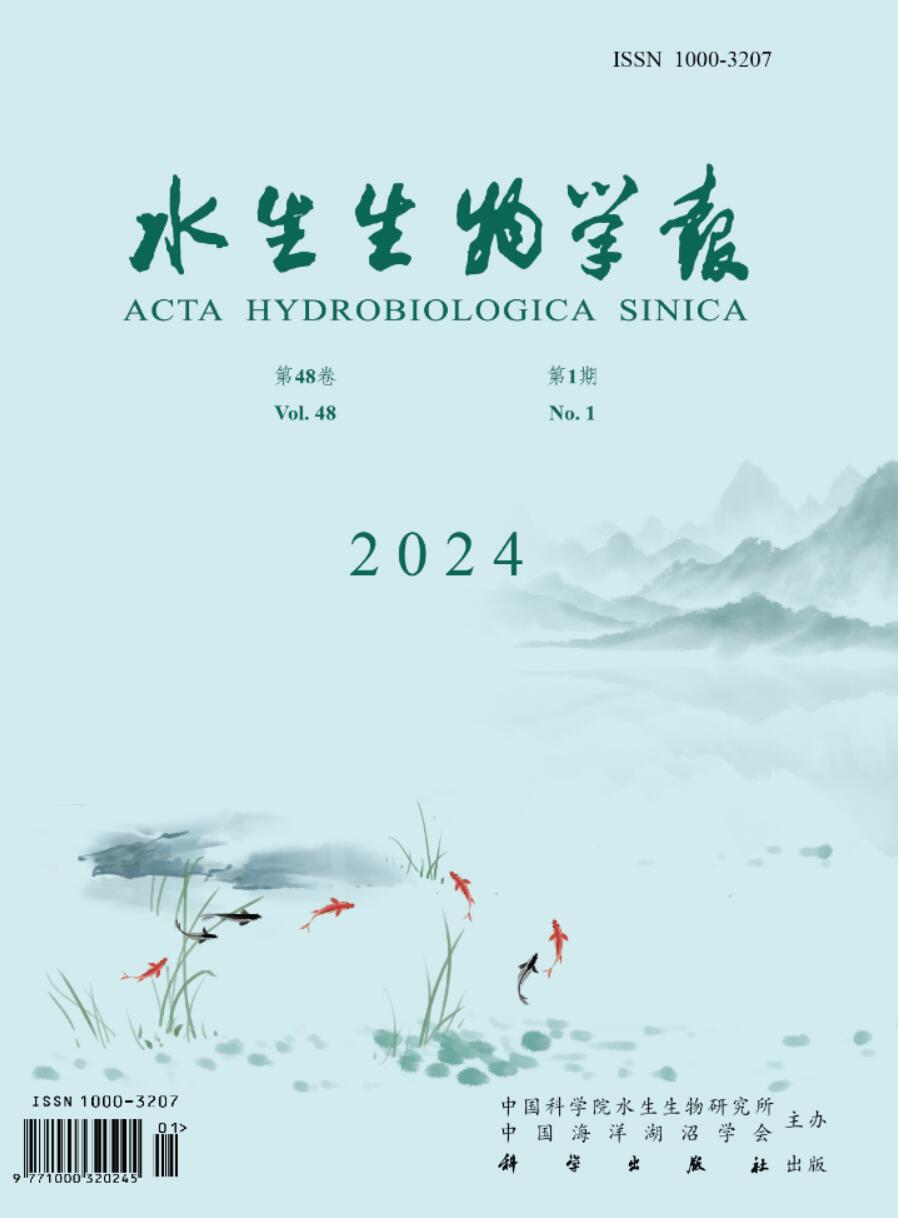KARYOTYPE ANALYSIS OF THE FRESHWATER DUGESIA PLANARIANS FROM YUNNAN PROVINCE,CHINA
引用次数: 1
Abstract
In order to provide evidence for taxonomy,evolutionary biology,biogeography and phylogenetics of the ge-nus Dugesia,the chromosomes and karyotypes of the freshwater planarians,Dugesia sp.,collected from Shuhe town in Lijiang City,Longwangtang pond in Baoshan City,and Xiaozhaongdian town in Xianggelila City,Yunnan Province,were studied.The adult planarians,15—20 mm in length and 1.5—2.0 mm in width,were used.After starving for a week,each planarian was transversally cut into five pieces,the planarian pieces were cultured in distilled water for three or four days to regenerate.For the karyological analysis,the metaphase chromosomes were prepared from regenerating blastemas by an air-drying method.Chromosome numbers of over 100 well-spreaded cells were counted and the chro-mosomes were photographed using Leica DMLB light microscope.The karyotype parameters of five well-spreaded metaphase plates from five individuals were measured.Relative length(r.l.) was calculated as chromosome length ×100/ total length of haploid genome.Centromeric index(c.i.) was calculated as length of the short arm×100/ total length of the chromosome.Arm ratio(a.r.) was calculated as length of the long arm/that of the short arm.Mean values and standard deviations(S.D.) were calculated from five metaphase plates obtained from a minimum of five fissiparous specimens from each experimental population.The karyotype were arranged firstly according to the gradually decreasing lengths of chromosomes and then the centromeric indices.The chromosomes were classified based on the criteria pro-posed by Levan,et al(1964).The results showed that planarians collected from Shuhe town had a diploid chromosome number of 16 with a karyotype formula of 2n=2x=16=16m.Planarians collected from Longwangtang pond had both the triploid 24(2n=3x=24=24m) and partial diploid 16(2n=2x=16=16m),i.e,which were mixoploids.It was noteworthy that the planarians collected from Xiaozhaongdian town had a triploid aneuploid chromosome number of 26 with a karyotype formula of 2n=3x+2=24+2=21m+3st+2m,but a few were 25(2n=3x+1=24+1=21m+3st+1m) or 24(2n=3x=24=21m+3st).The karyological results of the planarians collected from Xiaozhaongdian town were obviously different from those of Dugesia japonica and other species in Dugesia,The main factor that affected the karyological results might be the change of environment(altitude,water temperature,atmospheric pressure and UV radiation).Per-haps it was the change of chromosomes and karyotypes that led to speciation and the evolution of species.Based on the results of karyotype analysis of freshwater planarians,Dugesia sp.,from the three places,classification of freshwater planarians and chromosome aneuploidy had been discussed in this paper.In order to obtain more precise karyological data of Dugesia planarian,other sensitive techniques such as chromosome banding,fluorescent staining or in situ hy-bridization should be useful to get more evidence for taxonomy,genetics,evolutionary biology,biogeography and phy-logenetics of Dugesia.云南淡水涡虫的核型分析
为了为杜氏属(genus Dugesia)的分类、进化生物学、生物地理学和系统发育提供依据,对云南省丽江市树河镇、宝山市龙王塘塘和香格里拉市小昭店镇的淡水涡虫杜氏属(Dugesia sp.)的染色体和核型进行了研究。采用长15 ~ 20mm,宽1.5 ~ 2.0 mm的成虫。饥饿一周后,将每只涡虫横切成5块,在蒸馏水中培养3 - 4天,使其再生。为进行核学分析,采用风干法制备了再生胚的中期染色体。利用徕卡DMLB光镜对100多个分布均匀的细胞进行染色体计数,并对染色体进行拍照。测定了来自5个个体的5个伸展良好的中期板的核型参数。相对长度(r.l.)计算为染色体长度×100/单倍体基因组总长度。着丝粒指数(c.i.)计算为短长度arm×100/染色体总长度。臂比(a.r.)计算为长臂的长度/短臂的长度。从每个实验群体中至少五个分裂标本中获得五个中期板,计算平均值和标准差(sd)。核型首先按照染色体长度逐渐减小的顺序排列,然后按照着丝粒指数排列。根据Levan等人(1964)提出的标准对染色体进行分类。结果表明,树河镇涡虫的二倍体染色体数为16,核型公式为2n=2x=16=16m。龙王塘纯涡虫既有三倍体24(2n=3x=24=24m),也有部分二倍体16(2n=2x=16=16m)。E,它们是混合倍体。值得注意的是,小肇店镇采得的涡虫染色体数目为26条三倍体非整倍体,核型公式为2n=3x+2=24+2=21m+3st+2m,但也有少数为25条(2n=3x+1=24+1=21m+3st+1m)或24条(2n=3x=24=21m+3st)。小昭店镇采得的涡虫的核生理结果与日本杜鹃及杜鹃属其他物种有明显差异,影响其核生理结果的主要因素可能是环境(海拔、水温、气压和紫外线辐射)的变化。也许是染色体和核型的改变导致了物种形成和物种进化。本文根据三地淡水涡虫Dugesia sp.的核型分析结果,讨论了淡水涡虫的分类和染色体非整倍性。为了获得更精确的全涡虫核生物学资料,需要利用染色体显带、荧光染色或原位杂交等敏感技术,为涡虫的分类、遗传学、进化生物学、生物地理学和生理遗传学等方面提供更多的证据。
本文章由计算机程序翻译,如有差异,请以英文原文为准。
求助全文
约1分钟内获得全文
求助全文

 求助内容:
求助内容: 应助结果提醒方式:
应助结果提醒方式:


